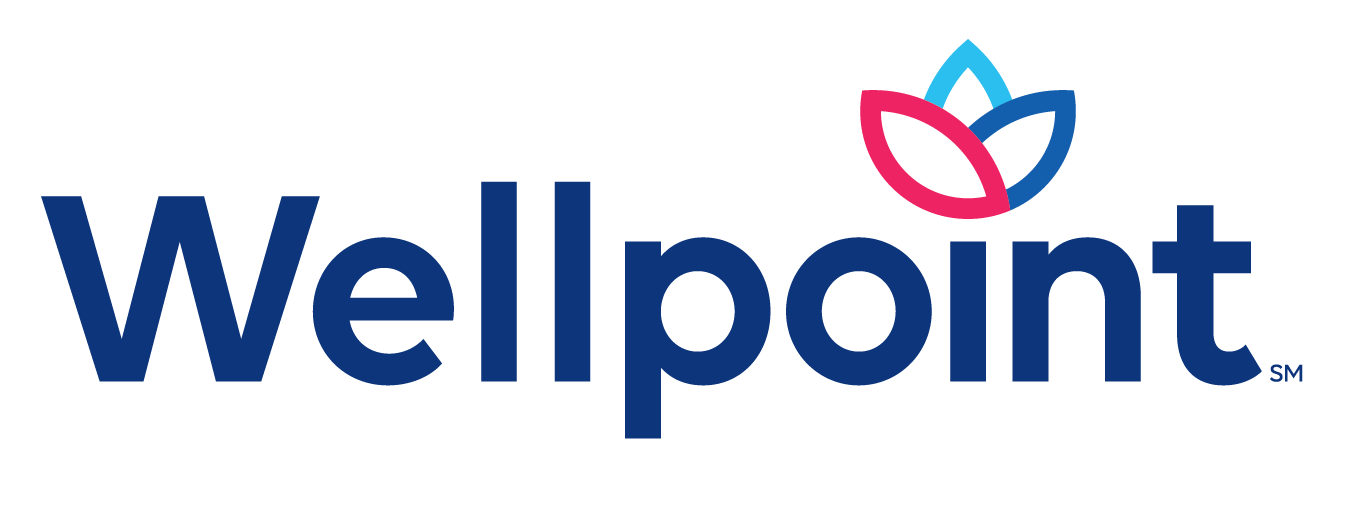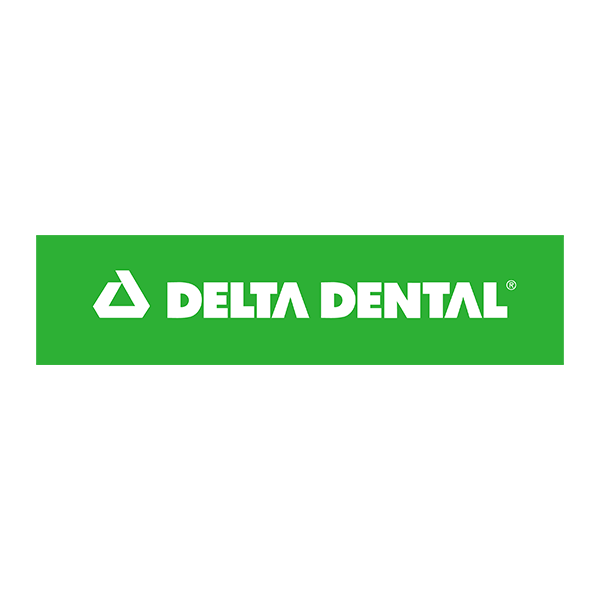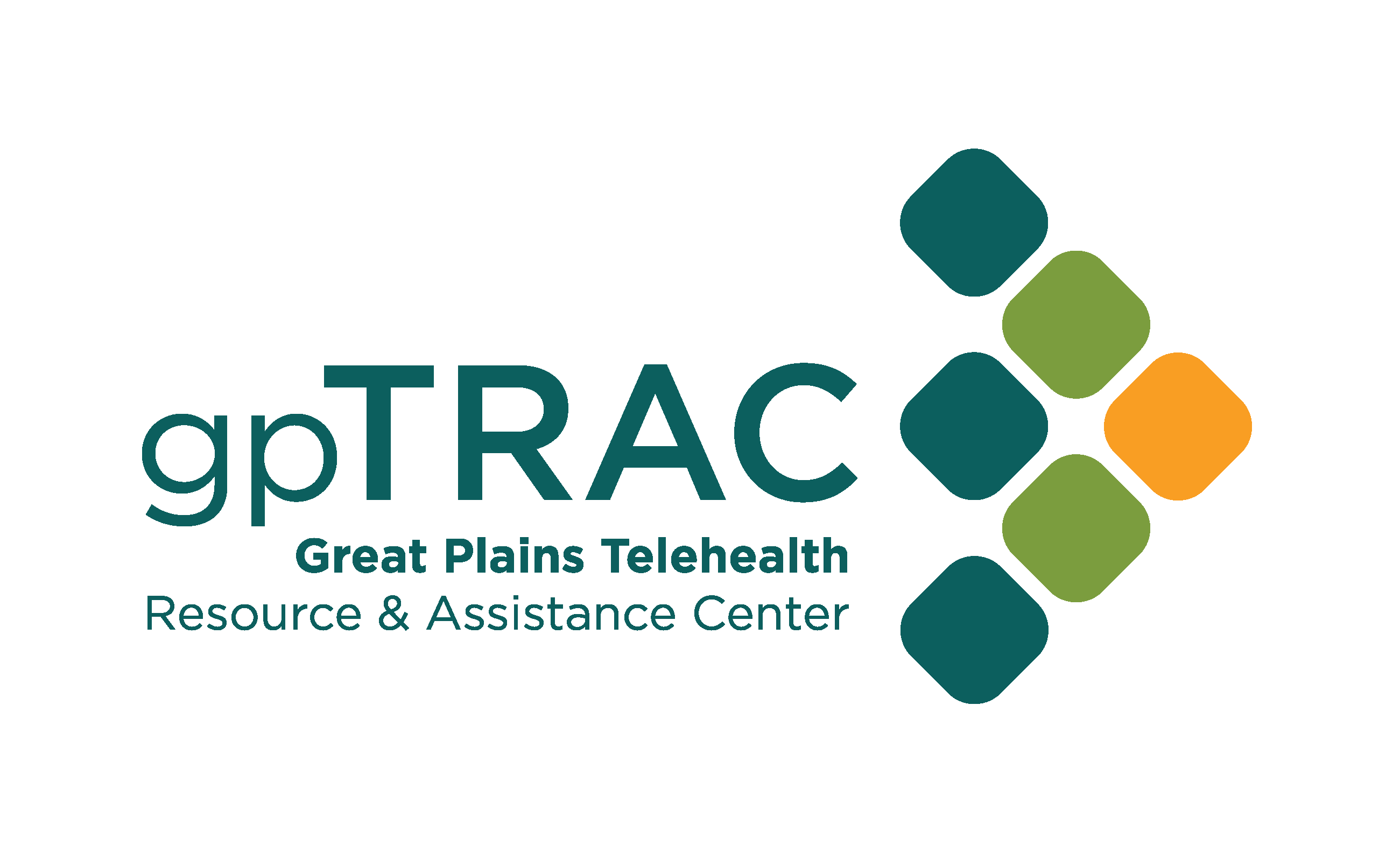Oral health is a priority for community Health Centers (CHCs) because a person’s mouth can impact their overall health. Some diseases, such as HIV, are often detected by a dental team prior to being diagnosed by a medical provider. Challenges with oral health has been associated with poor diabetes and hypertension control. The list of diseases that are impacted by poor oral health continues to grow. Medication side effects can increase risk for dental decay as well.
Thirteen of Iowa’s CHCs offer dental services. In addition, the Iowa Primary Care Association is involved in several programs to expand and integrate dental care, including the Lifelong Smiles Coalition, the Oral Health Iowa Coalition, and the Midwest Network for Oral Health Integration (MNOHI).
MNOHI, a four-state collaborative network between Michigan Primary Care Association, Illinois Primary Health Care Association, Iowa Primary Care Association, and Ohio Association of Community Health Centers, is focused on integrating oral health services for children ages 6 to 11 in CHC settings. The five-year grant began working with the first cohort of CHCs to develop and improve a model of integrated care. This first cohort included five CHCs in Iowa: Siouxland Community Health Center, Peoples Community Health Clinic, Crescent Community Health Center, Community Health Center of Fort Dodge, and Community Health Centers of Southeastern Iowa. The program is expanding to 50 CHCs this year and will add Eastern Iowa Health Center, Promise Community Health Center, and Primary Health Care.
MNOHI is unique in that it focuses on oral health services offered by medical providers and their teams. This project provides the opportunity to educate non-dental providers on the importance of providing oral health education. This will help patients prevent oral health disease and seek regular dental care, while also using data around oral health to improve the care provided to patients.
As integration projects continue to grow, so do efforts to increase capacity. With the expense involved in dental clinic infrastructure, clinics struggle to expand. As a result, clinics are turning to technology and teledentistry to find solutions to capacity issues.
Teledentistry will increase access to oral health services by bringing care to where patients live and work. For example, dental hygienists can use teledentistry technology to gather patient information, take pictures, and obtain x-rays in a nursing home. That information can then be sent securely to a dentist in another location. Using that information, the dentists can develop a treatment plan for the patient that can be delivered by the dental hygienist in the nursing home. This system would reduce the number of times the patient will need to travel, removing barriers to care and making it easier to receive necessary treatment. CHCs utilized teledentistry throughout the pandemic and are now using both synchronous and asynchronous systems.
The future of integrated care looks bright as CHCs continue to develop ways to improve patient care, create processes to refer patients from medical to dental, refer dental patients for medical care, and coordinate care between behavioral and oral health.


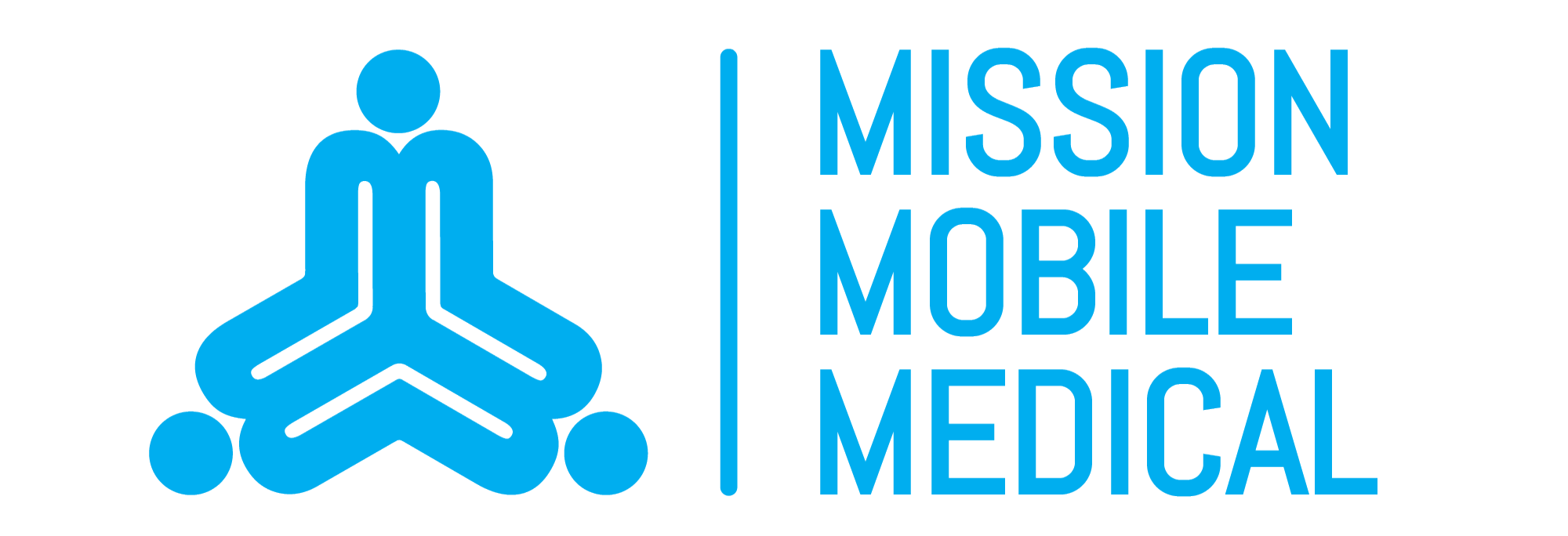

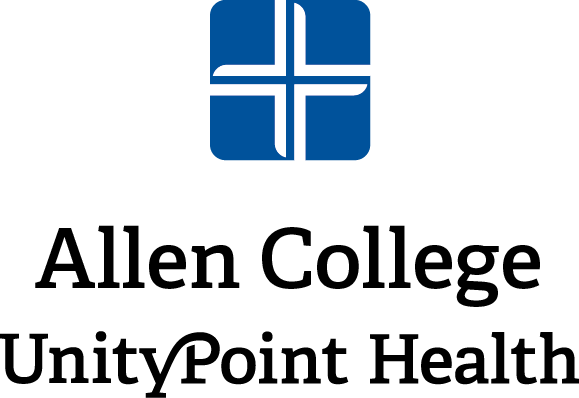


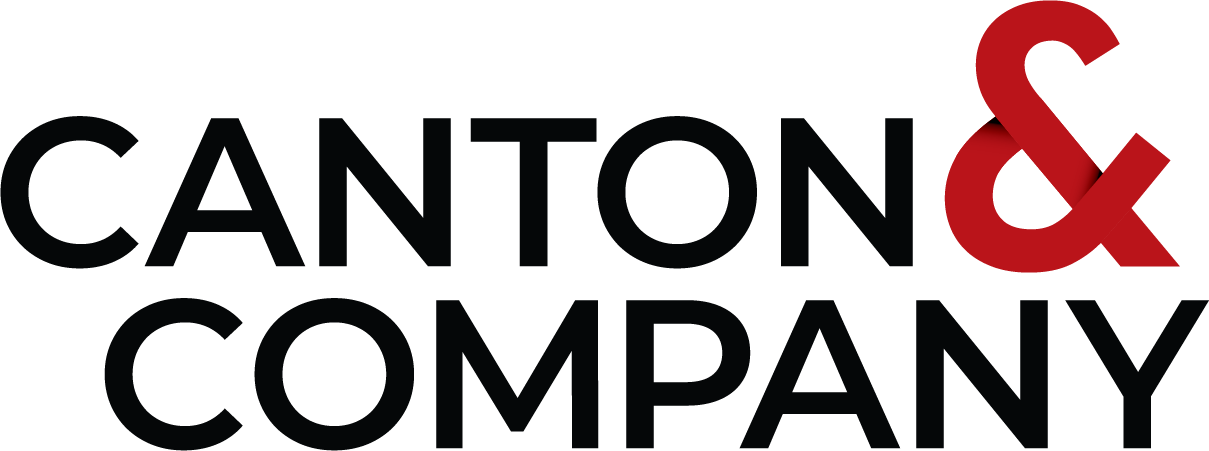



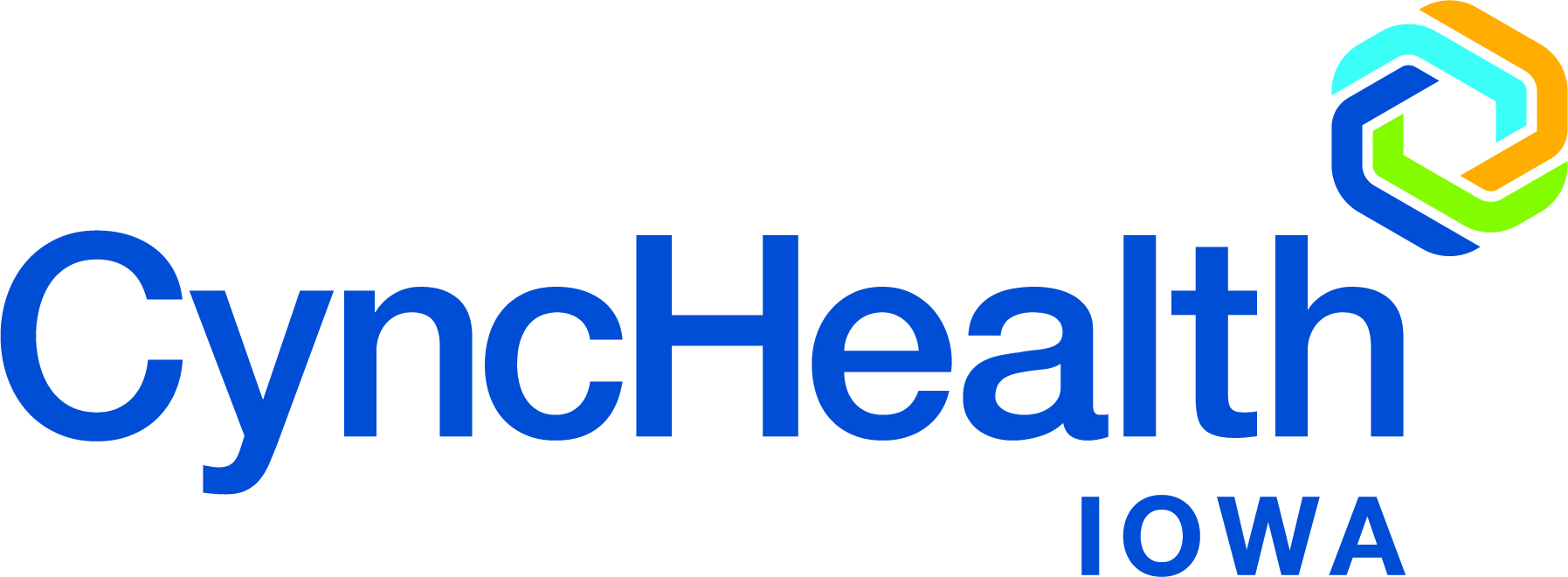

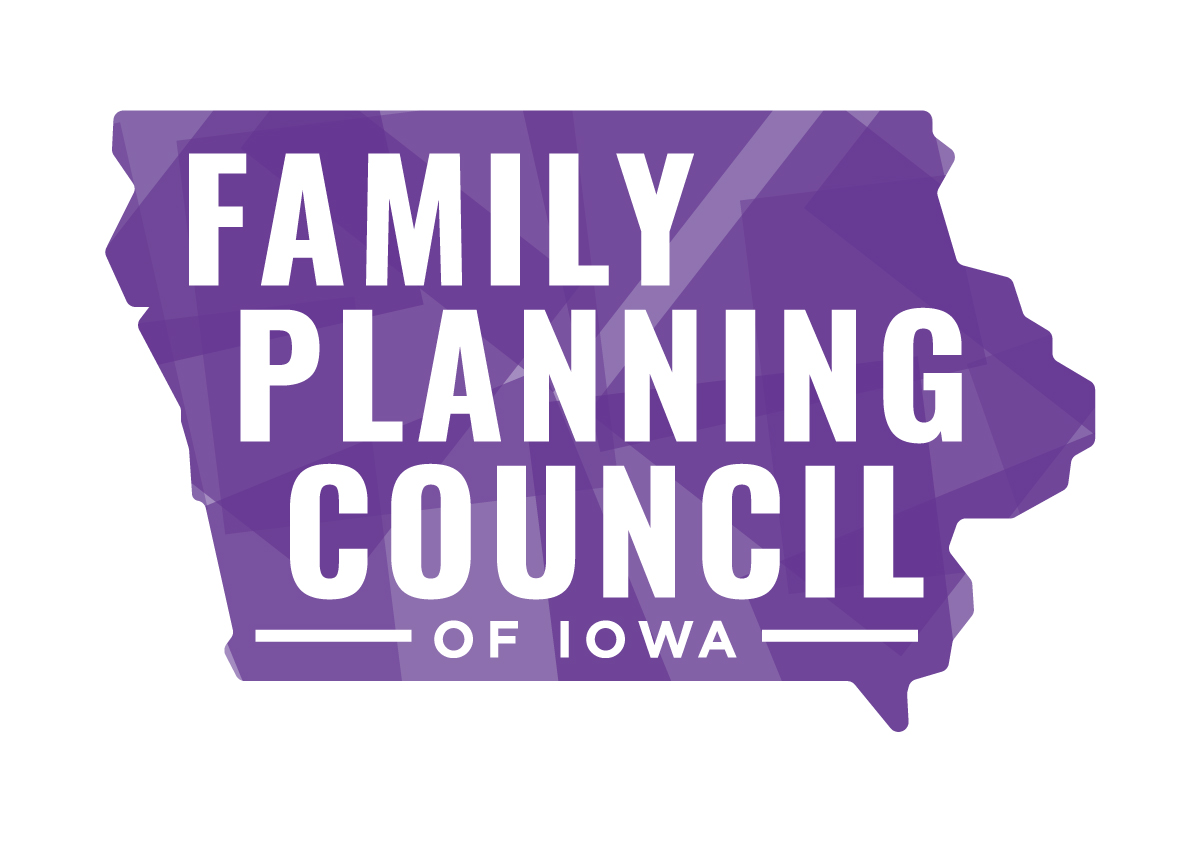




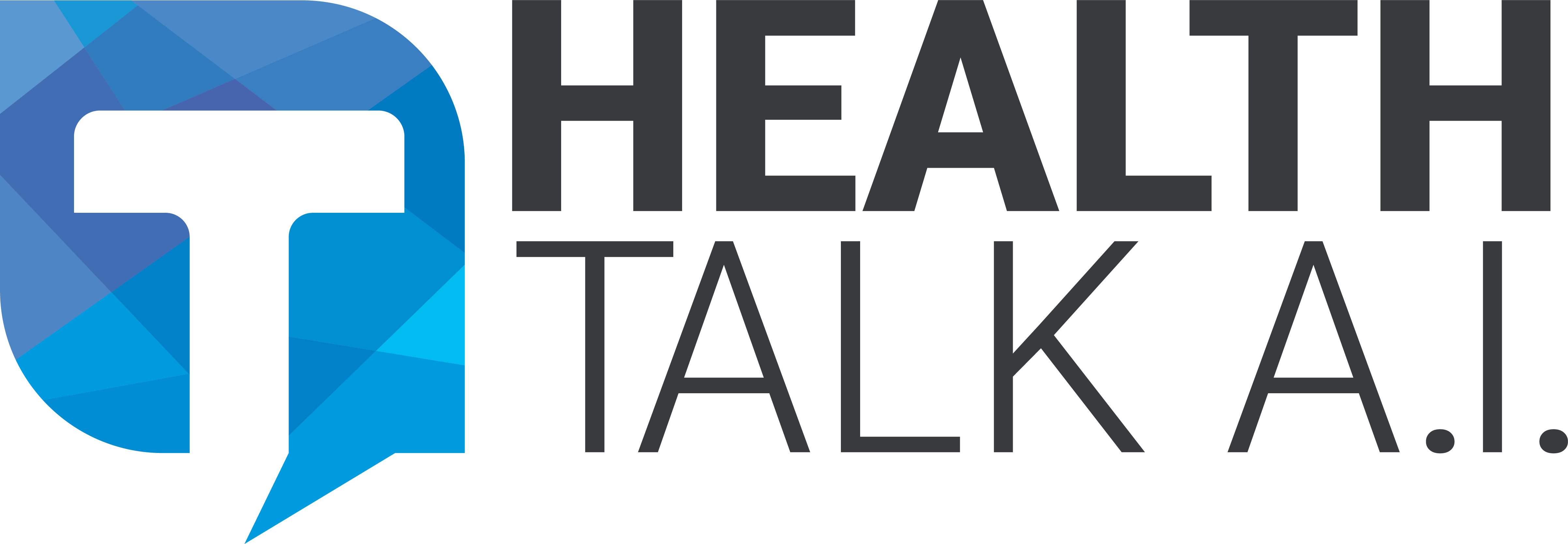
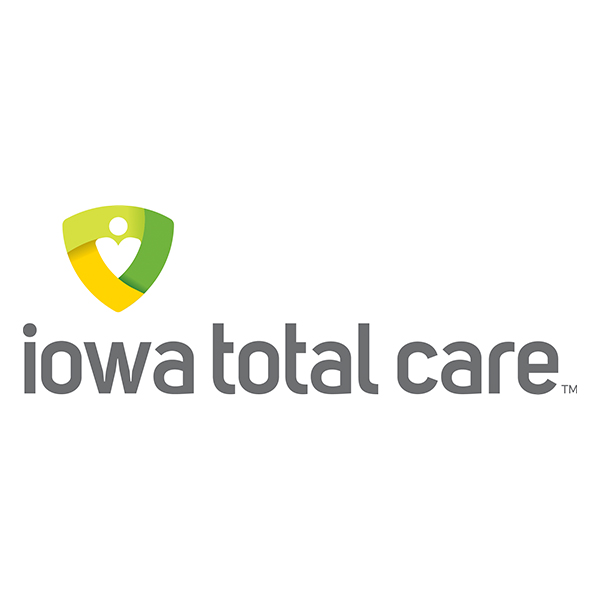



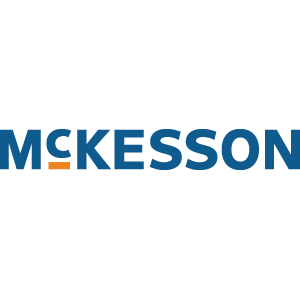
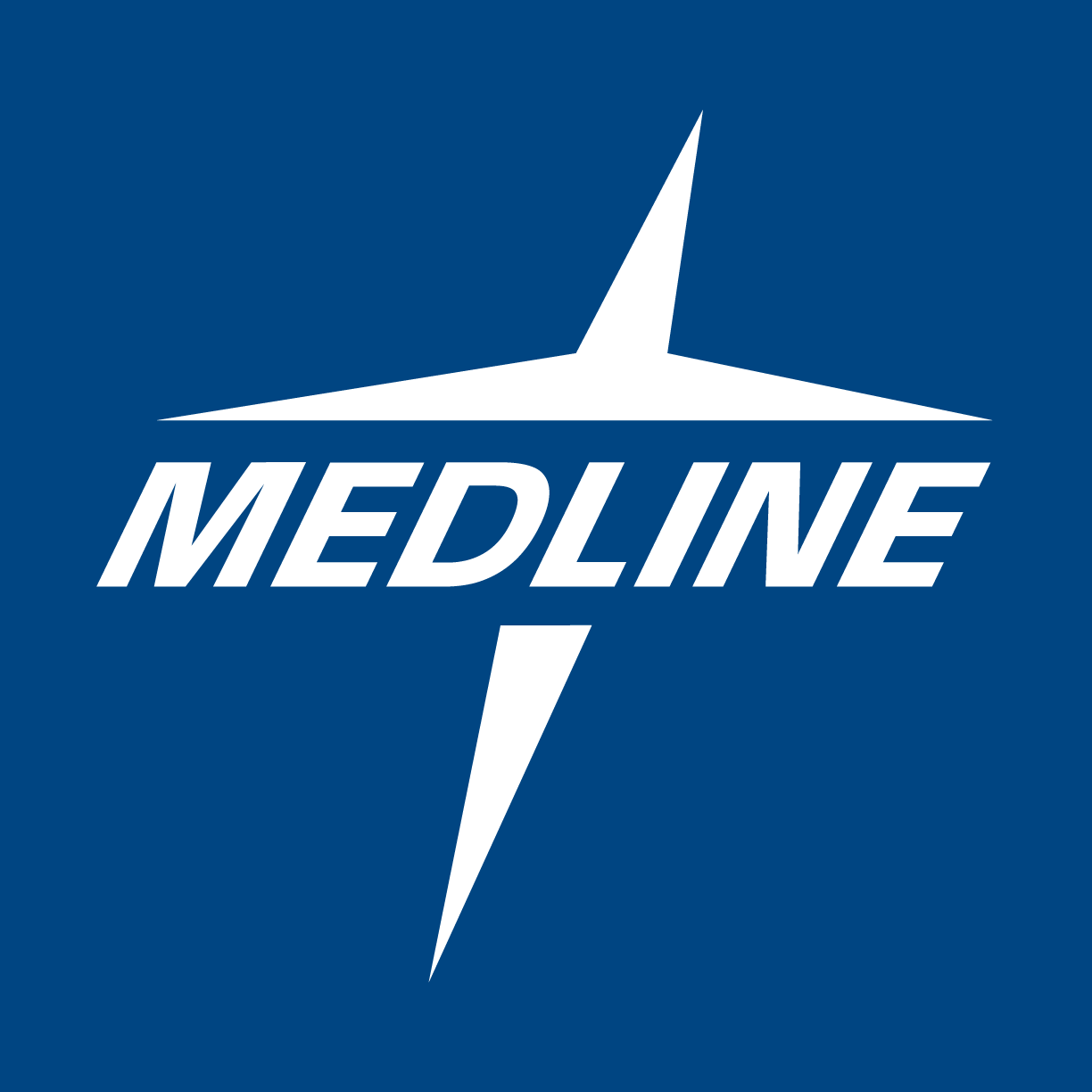


.png)







